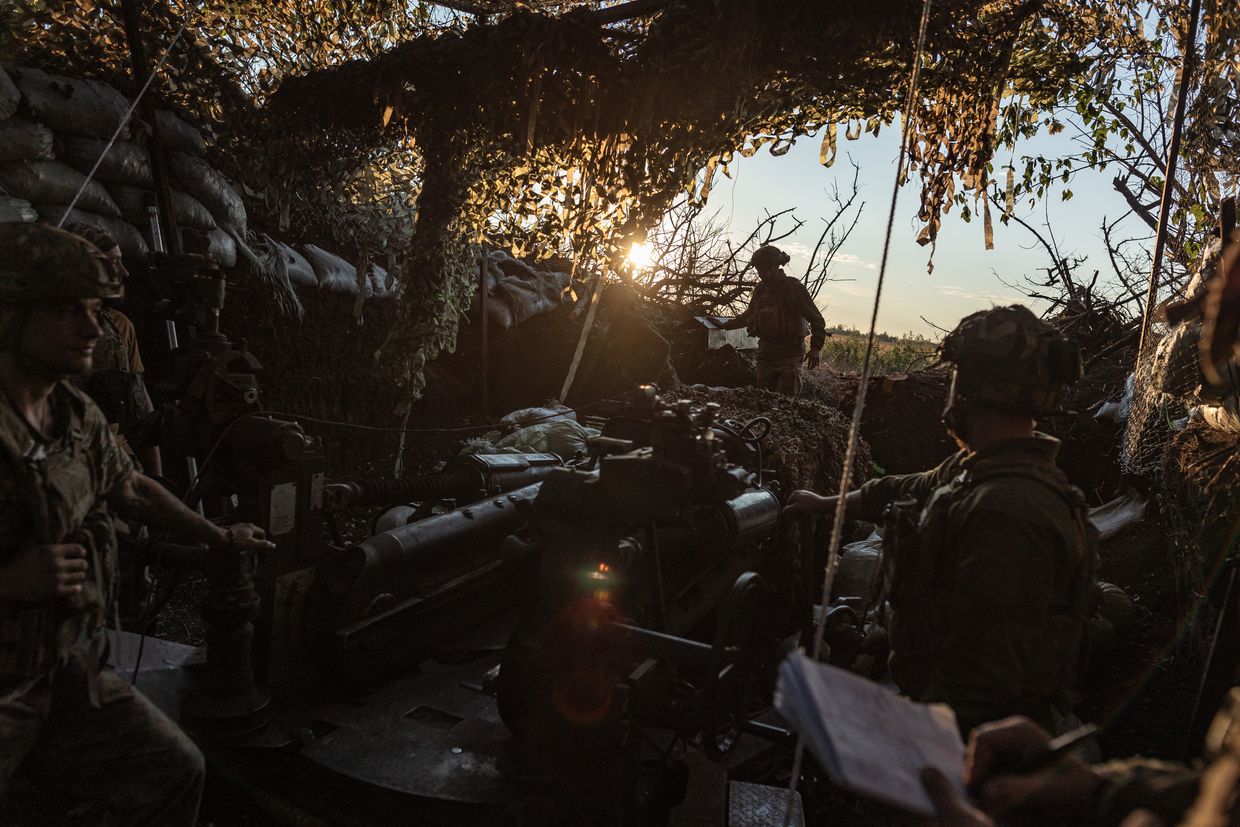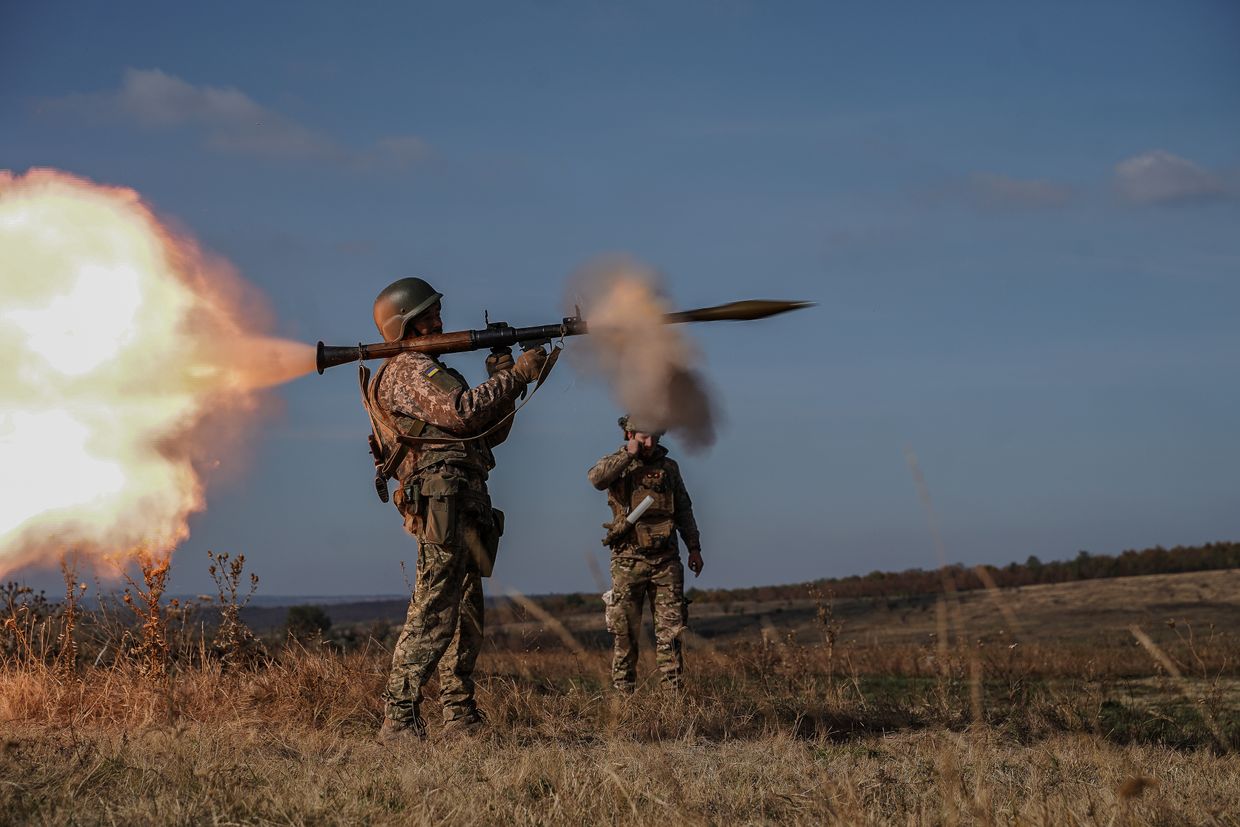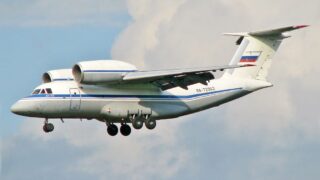
Russia using more glide bombs as artillery advantage slips, Western officials say
Russia's artillery advantage against Ukraine is diminishing, dropping to 1.5 rounds for each Ukrainian shell, Sky News reported on Dec. 5, citing unnamed Western officials.
Previously, Russian shells outnumbered Ukrainian ammunition by a minimum ratio of five to one.
The current decline is due to a "wide variety of factors," Western officials told Sky News on the condition of anonymity. These include production and transport difficulties, along with Ukrainian drone strikes against ammunition depots.
Shipments of Western ammunition supplies have also helped Ukraine level out the disparity.
Russia is still finding other ways to maintain fighting power, officials said, pointing to Russia's increased use of glide bombs.
There has been a "massive increase in Russian glide bomb use on the front line to devastating effect," one official said.
Ammunition shortages have plagued Ukraine over the course of Russia's full-scale invasion. The EU failed to deliver on its promise to produce 1 million artillery shells between March 2023 and 2024 while political disputes in Washington led to a severe delay in a $61 billion aid package.
"Russia vastly outnumbers us in daily artillery attacks," Defense Minister Rustem Umerov said at an artillery coalition session on Jan. 18.
"At different areas of the front and stages of hostilities, they fired five to 10 times more artillery shells than the Ukrainian forces."
Before Ukraine acquired Western-provided NATO-standard 105- and 155-millimeter artillery systems and munitions, the disparity between rounds fired daily by Ukrainian and Russian units in some cases reached a ratio of 50 to 1,500, according to sources in Ukraine's military.
Ukraine has now received more than a third of the 500,000 155 mm shells expected to be delivered under the Czech ammunition initiative by the end of 2024.
Even as Ukraine narrows the ammunition gap, Russian forces continue to gain ground in Ukraine's east, seizing territory at heavy personnel costs.






















